Canada may be a relatively young country by global standards, but it holds a rich tapestry of history waiting to be explored. Across the provinces and territories, you’ll find towns, villages, and landscapes where time seems to stand still. Whether preserved through architecture, tradition, or untouched wilderness, these destinations evoke nostalgia and a deeper sense of connection. Here are 27 Canadian Places That Feel Like a Step Back in Time.
Québec City, Quebec
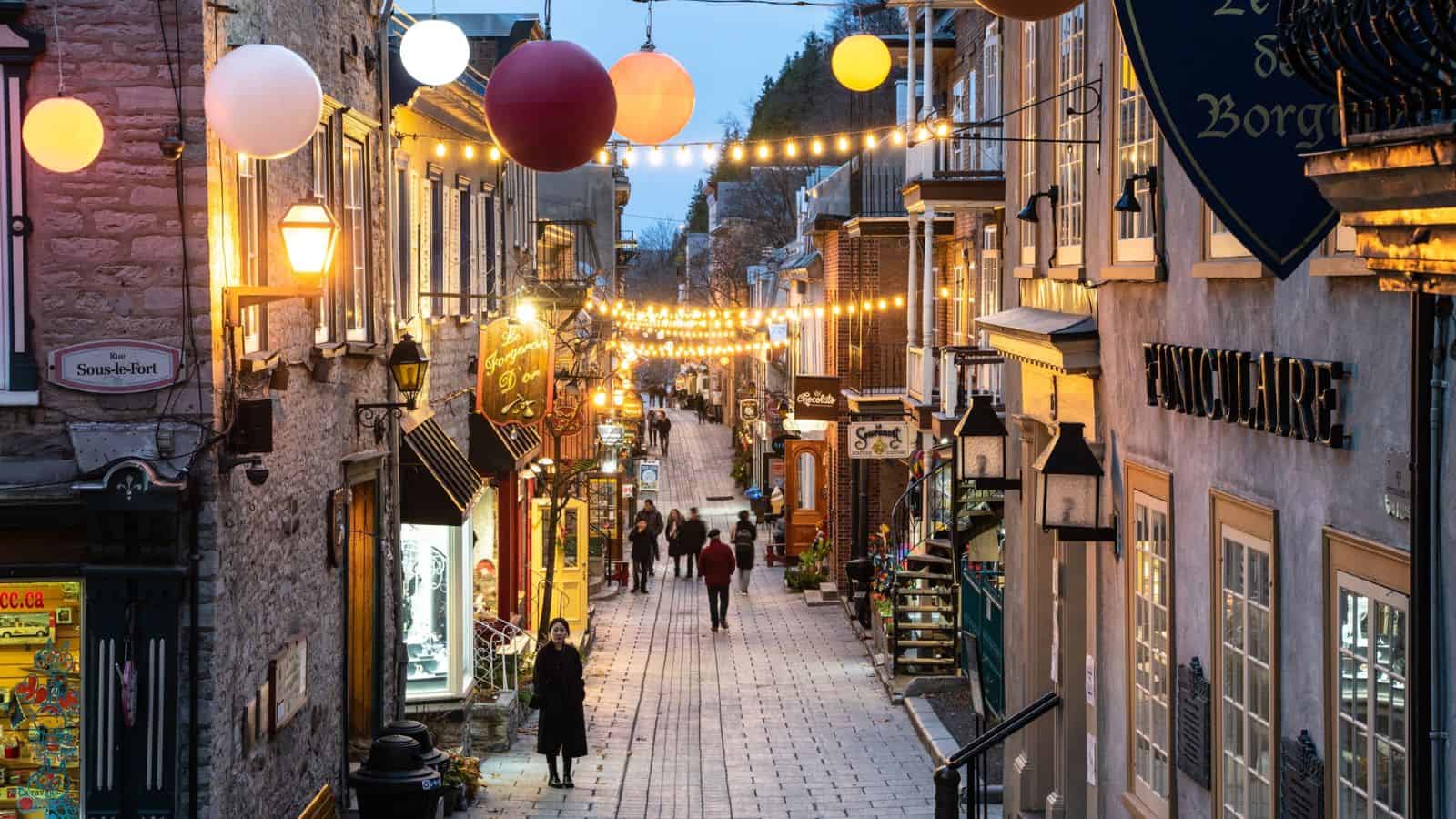
Wander through the narrow cobbled streets of Old Québec and you’ll feel as though you’ve stepped into a 17th-century European town. The fortified city walls, charming stone buildings, and towering Château Frontenac transport visitors to the era of New France. Horse-drawn carriages clip-clop past artisanal shops and historic churches. Québec City’s dedication to preservation makes it one of the most authentically historic places in North America.
Lunenburg, Nova Scotia
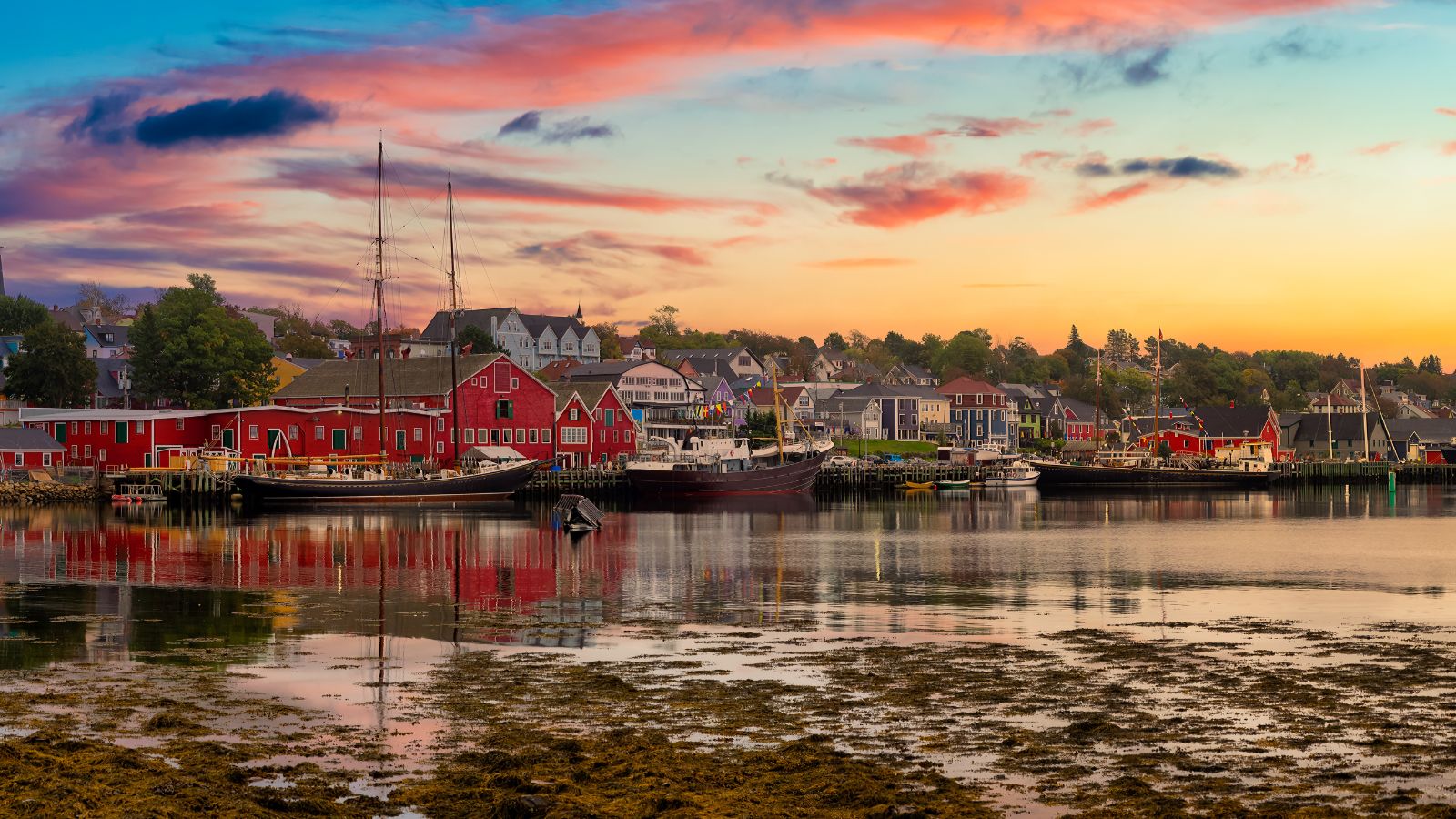
This UNESCO World Heritage Site dazzles with brightly painted wooden homes, a working harbor, and heritage shipbuilding traditions. Established in 1753, Lunenburg retains its original grid layout and colonial charm. It’s also home to the famous schooner Bluenose II, a replica of the racing ship that became a national icon, offering the perfect blend of living history and scenic coastal beauty.
Niagara-on-the-Lake, Ontario
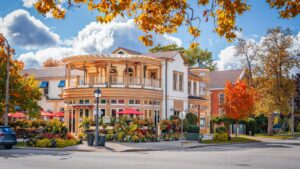
This picturesque town is steeped in Loyalist history and was once the capital of Upper Canada. With its Victorian storefronts, horse-drawn carriage rides, and impeccably maintained gardens, it feels more like a film set than a modern town. The town played a key role in the War of 1812, and nearby Fort George helps bring that era to life and its heritage inns and theatre festivals keep the old-world charm alive year-round.
Dawson City, Yukon
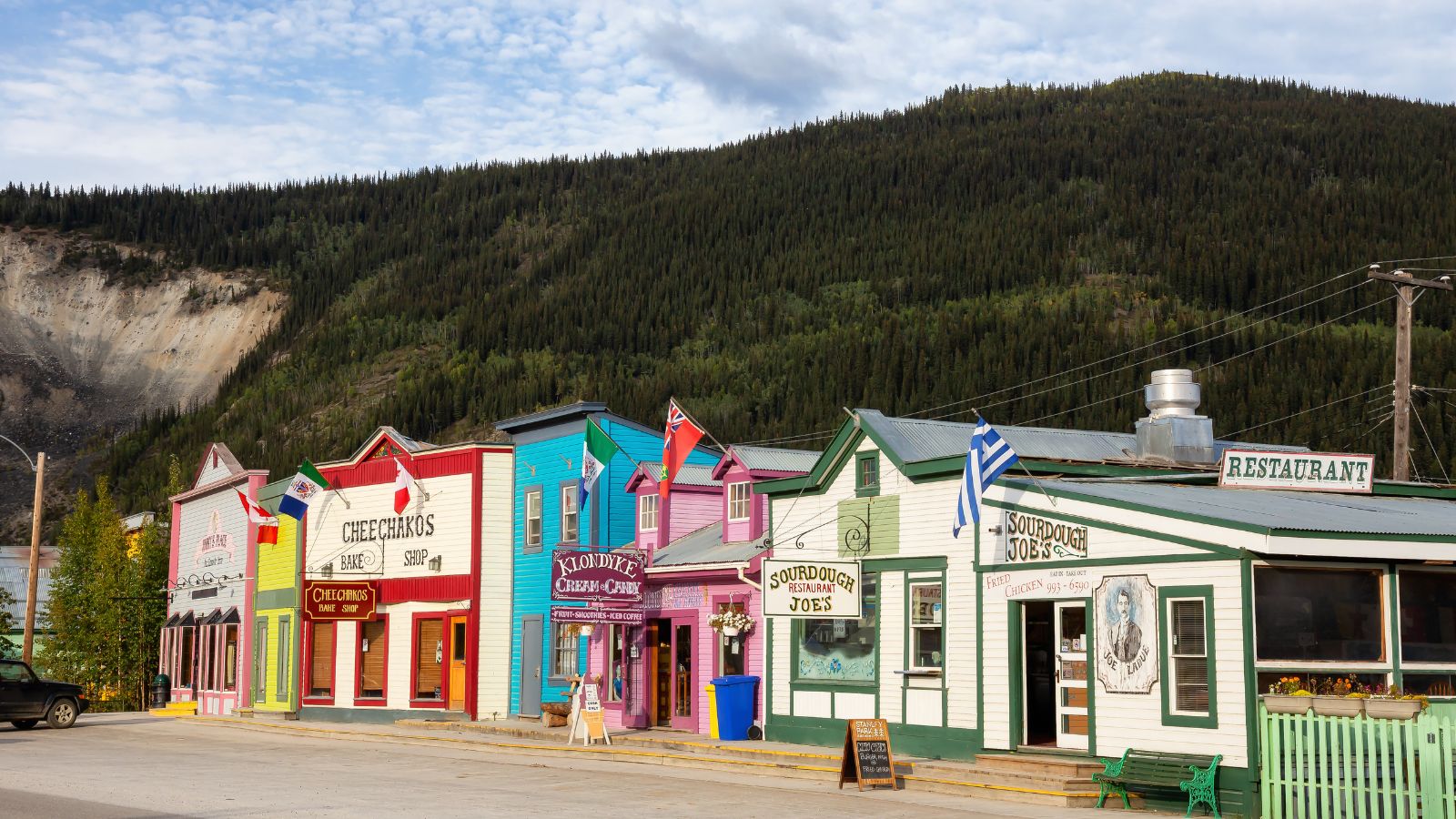
A trip to Dawson City is like falling straight into the heart of the Klondike Gold Rush. Wooden boardwalks, false-fronted saloons, and the preserved cabins of miners and poets—like Jack London, give the town a cinematic, Wild West feel. Summer brings gold panning and historic tours, while winter makes the landscape hauntingly quiet.
Vieux-Montréal, Quebec

Montreal’s Old Port area, or Vieux-Montréal, overflows with 18th-century architecture and narrow alleyways that echo with centuries of history. Gothic churches, stone warehouses, and cobbled streets make this a must-visit for anyone craving historic ambiance. Place Jacques-Cartier, with its bustling energy and historic facades, serves as the heart of this neighborhood, with Cafés, artists, and street performers lending it a timeless European charm.
Heritage Park Historical Village, Alberta
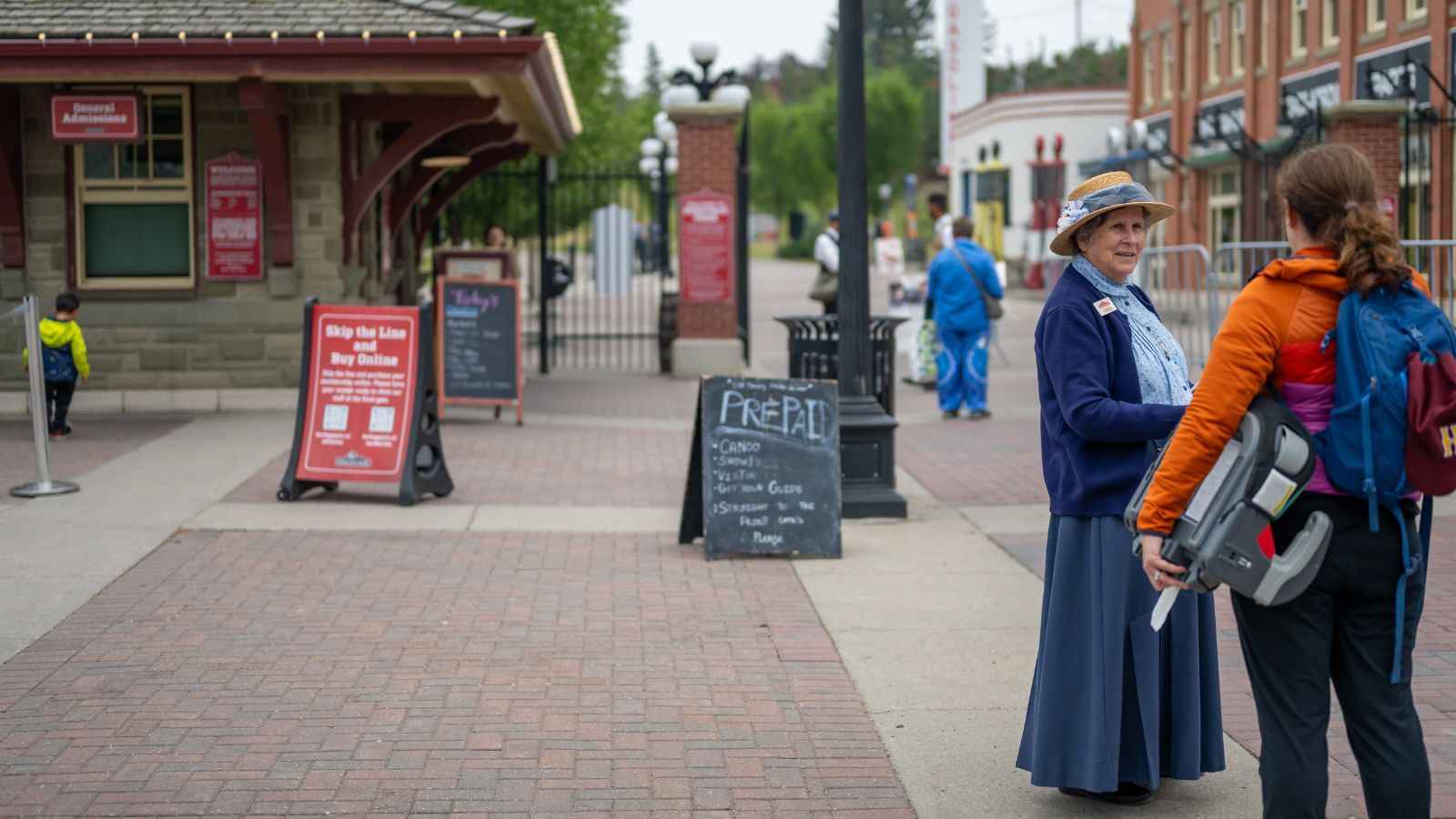
Located in Calgary, Heritage Park is Canada’s largest living history museum and brings to life the settler experience of Western Canada. With over 180 historical exhibits, including a working steam train, paddlewheel boat, and fully functioning bakery, it’s immersive and educational. Costumed interpreters make every building come alive with stories, making it an ideal spot for families seeking an interactive journey into the past.
Battle Harbour, Newfoundland and Labrador
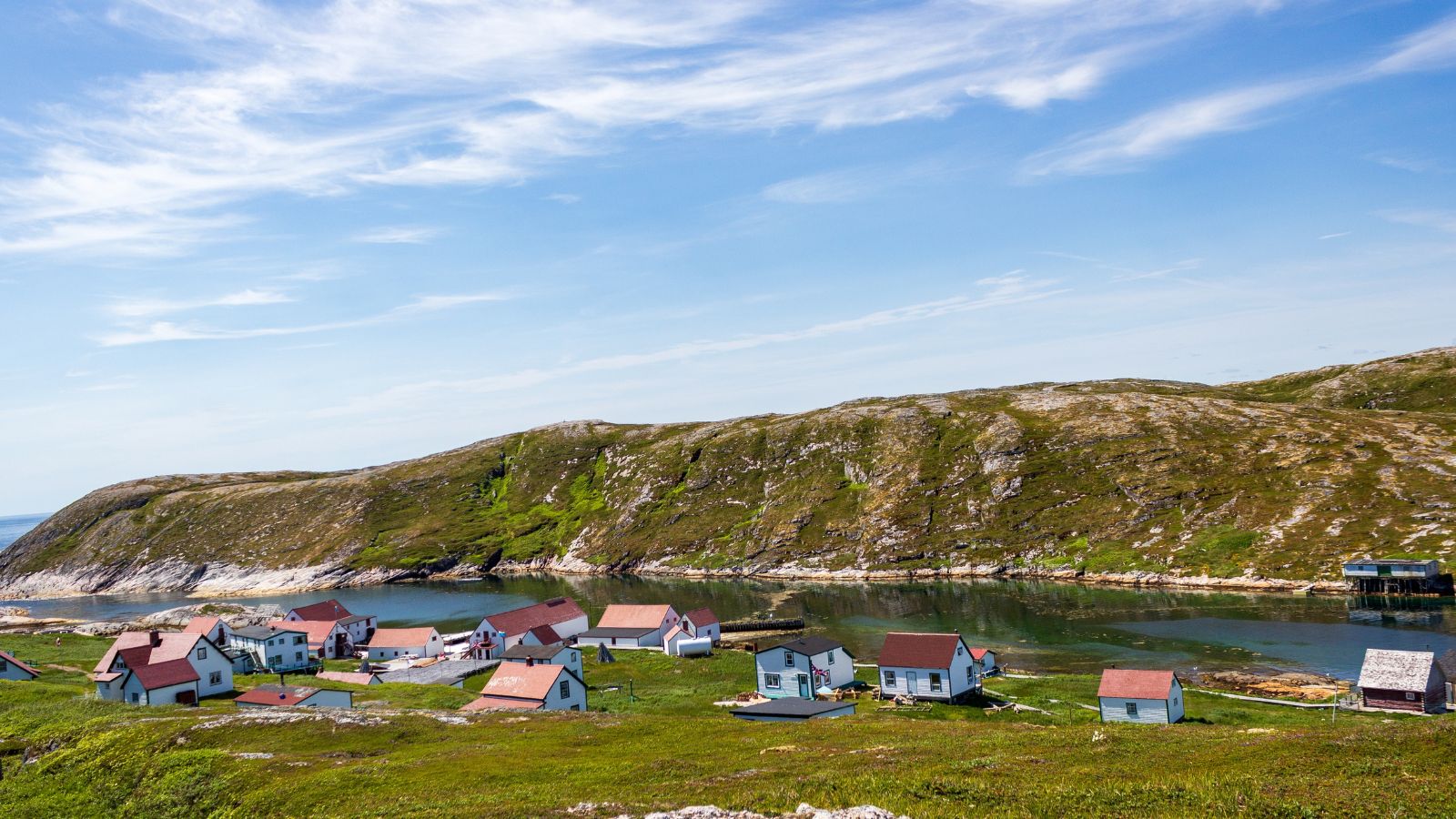
This restored fishing outport on the Labrador coast was once the social and economic hub of the region. Now carefully preserved, it showcases wooden fishing stages, saltbox houses, and historic churches overlooking the sea. With no cars and limited modern infrastructure, the village maintains a sense of isolation and simplicity. Battle Harbour invites you to slow down and imagine life in a bygone coastal community.
Fortress of Louisbourg, Nova Scotia
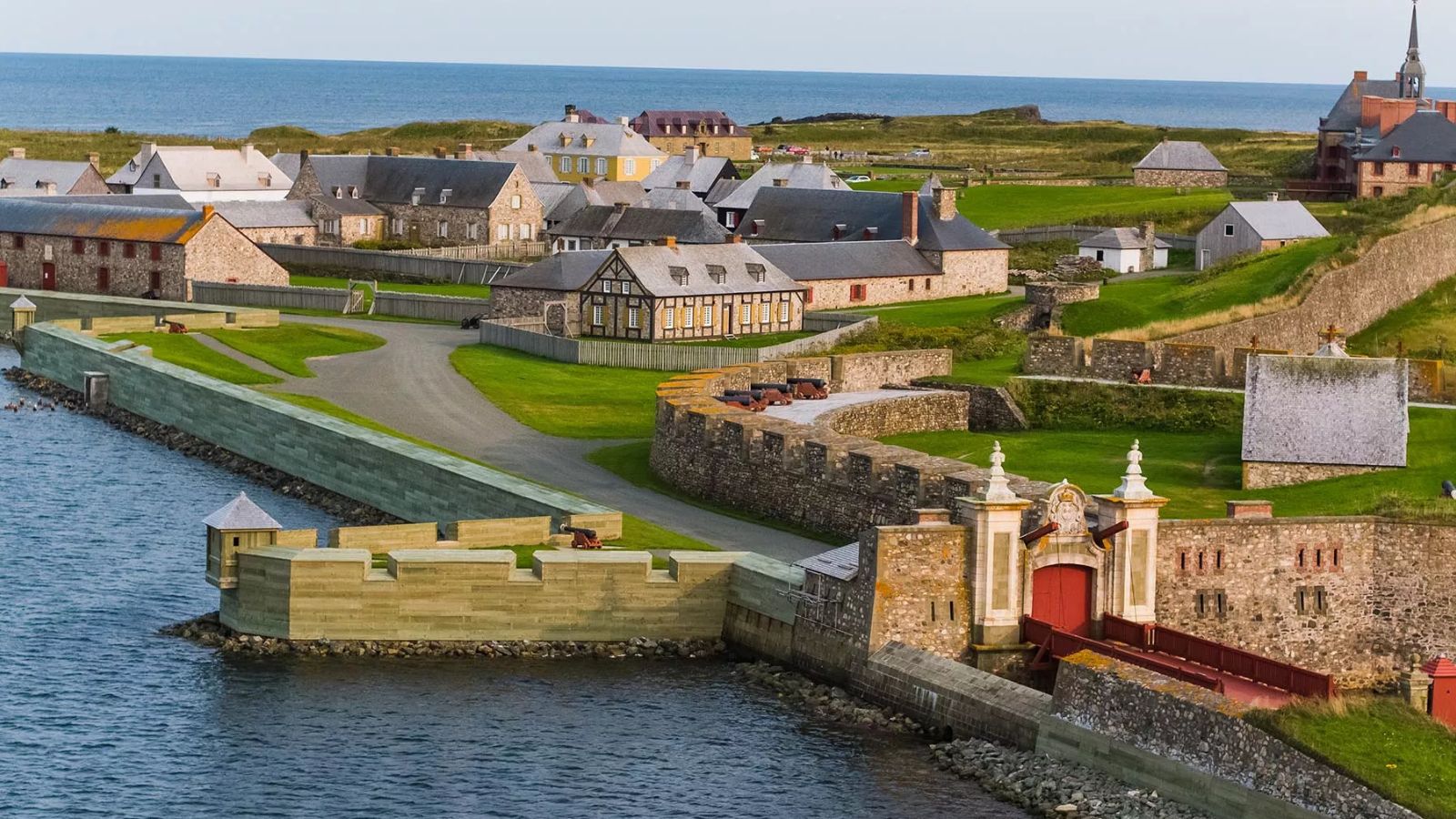
A stunning reconstruction of an 18th-century French fortified town, Louisbourg is one of Canada’s most immersive heritage experiences. Located on Cape Breton Island, it allows visitors to step into the lives of soldiers, merchants, and townsfolk from 1744. Costumed interpreters offer bread from the bakery, musket demonstrations, and guided tours that feel more like storytelling than history lessons.
Upper Canada Village, Ontario
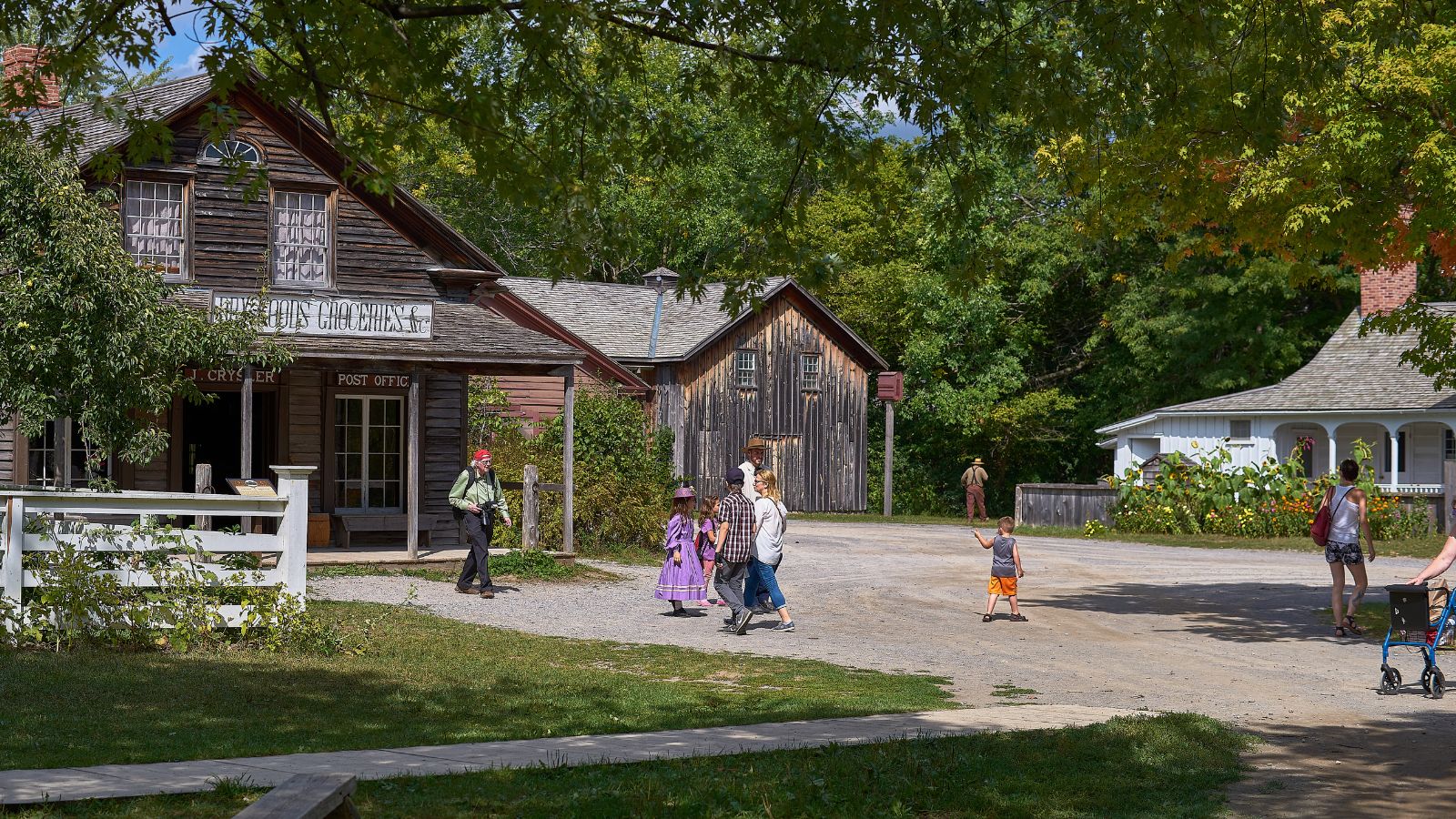
This living museum in Morrisburg recreates rural life in the 1860s with an extraordinary level of authenticity. From horse-drawn wagons to functioning mills and blacksmith forges, it’s a working village from a time when Canada was just beginning to define itself. Actors and craftspeople maintain daily rhythms just as they did more than 150 years ago, a place where history is not just seen but felt.
St. Andrews by-the-Sea, New Brunswick
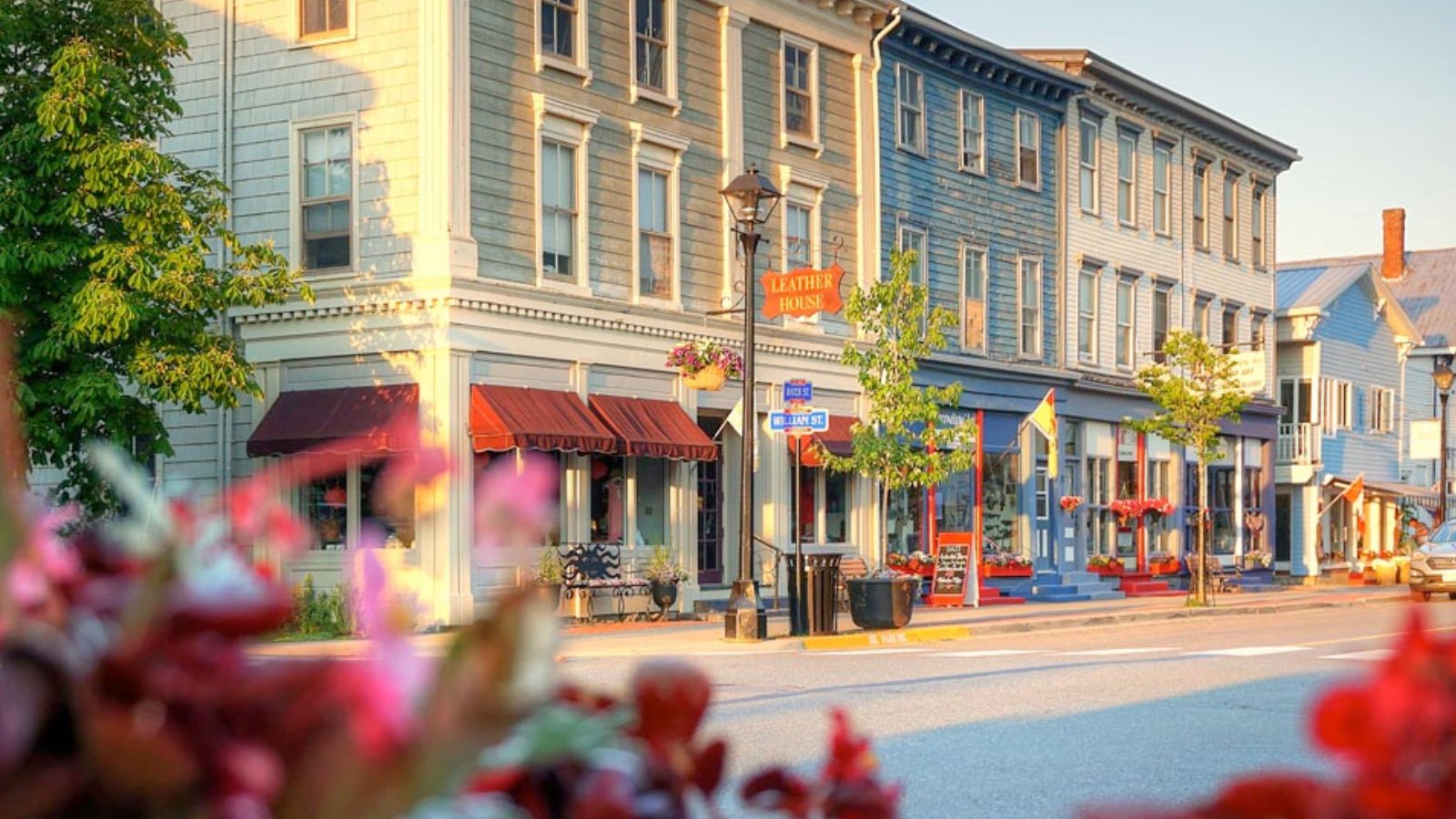
One of Canada’s oldest seaside towns, St. Andrews was founded by Loyalists in 1783. The town has preserved much of its Georgian architecture, from gracious homes to the stunning Algonquin Resort. Whale-watching, tea on the veranda, and antique shopping make for a serene, vintage experience, the kind of place where the past never really left.
Trinity, Newfoundland
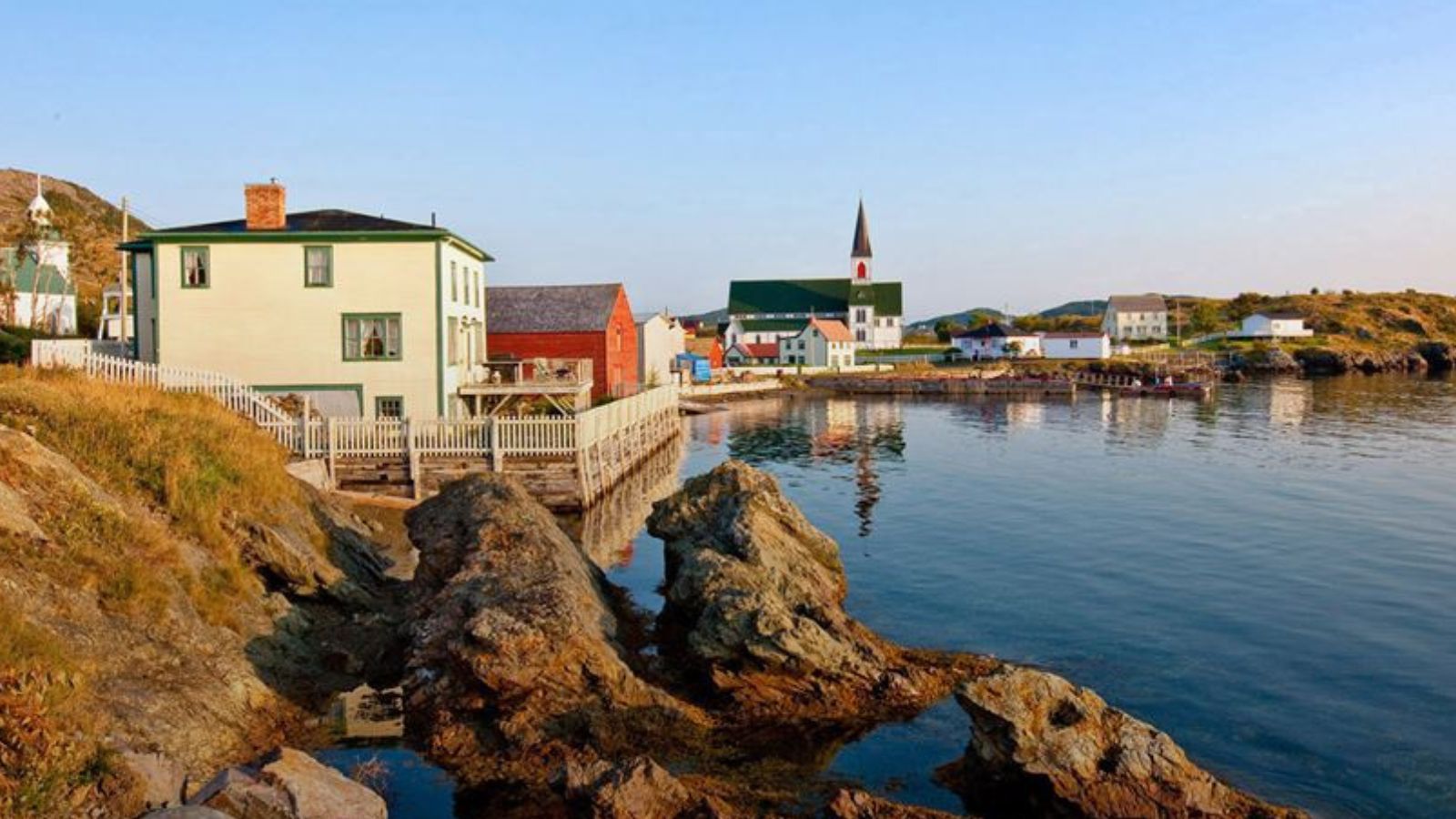
This tiny village on the Bonavista Peninsula feels like a snapshot of the 19th century. With its saltbox homes, winding lanes, and historic churches, Trinity has a tranquil atmosphere rooted in time. Theatre performances, boat tours, and nearby Skerwink Trail hikes add rich context to the old-world setting and the sea air, wooden piers, and local stories make it unforgettable.
Steveston Village, British Columbia
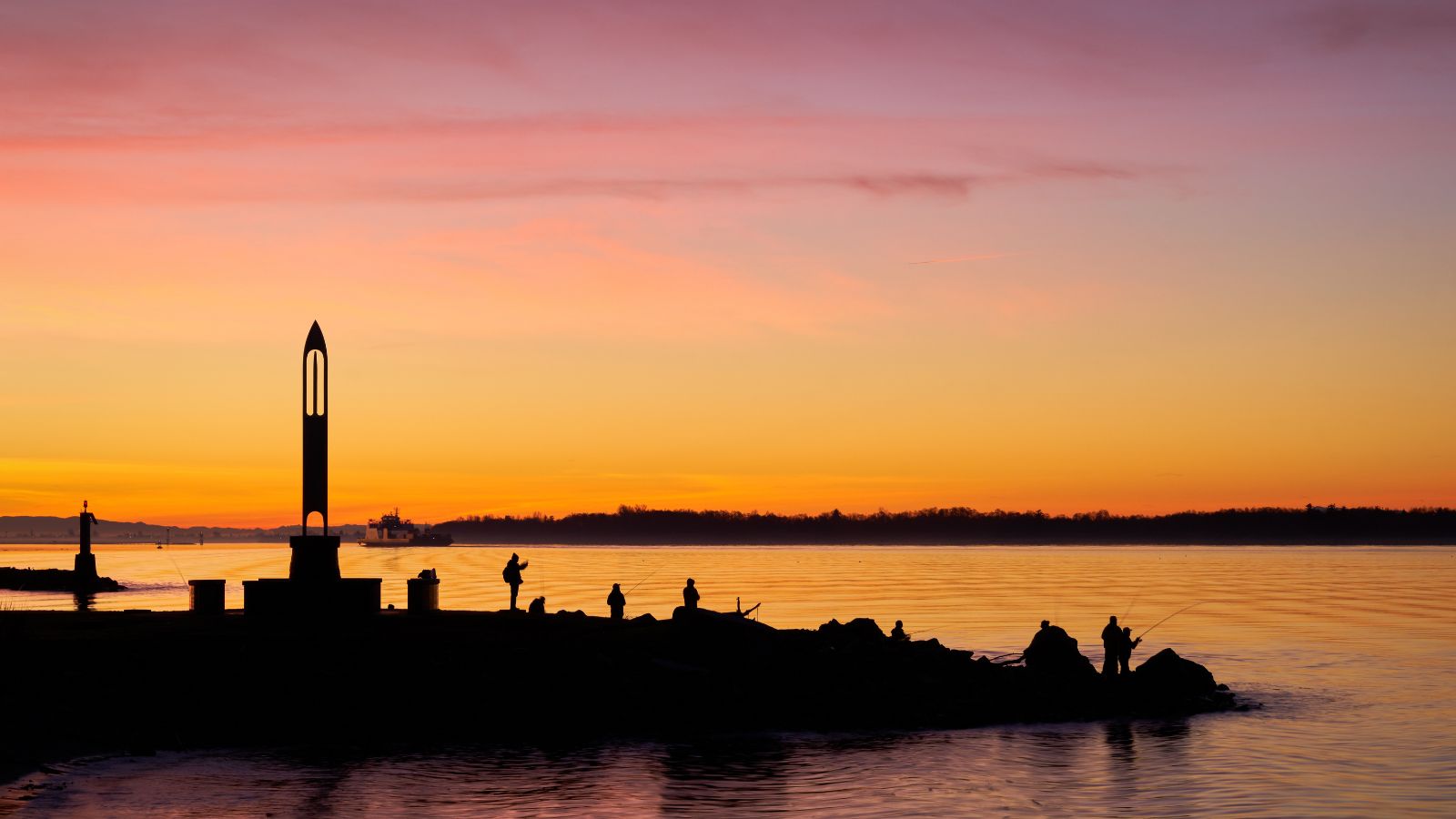
Once a thriving fishing and cannery town, Steveston has retained much of its maritime character. Located in Richmond near Vancouver, it features wooden boardwalks, a historic cannery museum, and a working harbor still used by fishing boats. Locals and visitors enjoy fish and chips by the water and a deep sense of connection to the sea, blending heritage and activity creates a timeless atmosphere.
Fort Langley, British Columbia
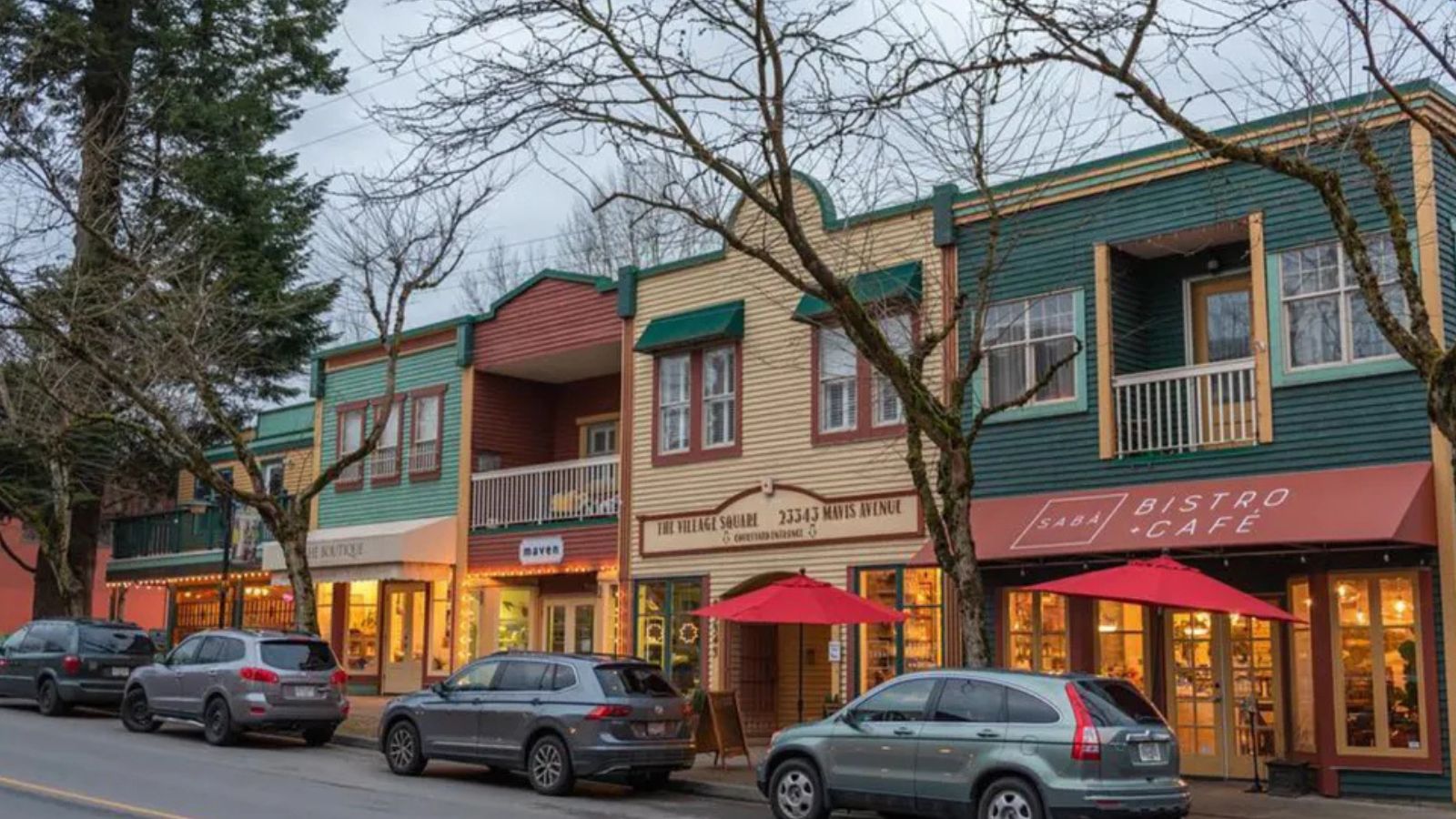
Often called the “Birthplace of British Columbia,” Fort Langley offers a glimpse into the fur trade era with reconstructed buildings and interactive exhibits. Walk through the wooden palisade walls and discover trading posts, cooperages, and interpreters in period dress. This riverside setting combines natural beauty with deep historical roots and it’s an easy and enriching escape from the modern world.
Perth, Ontario
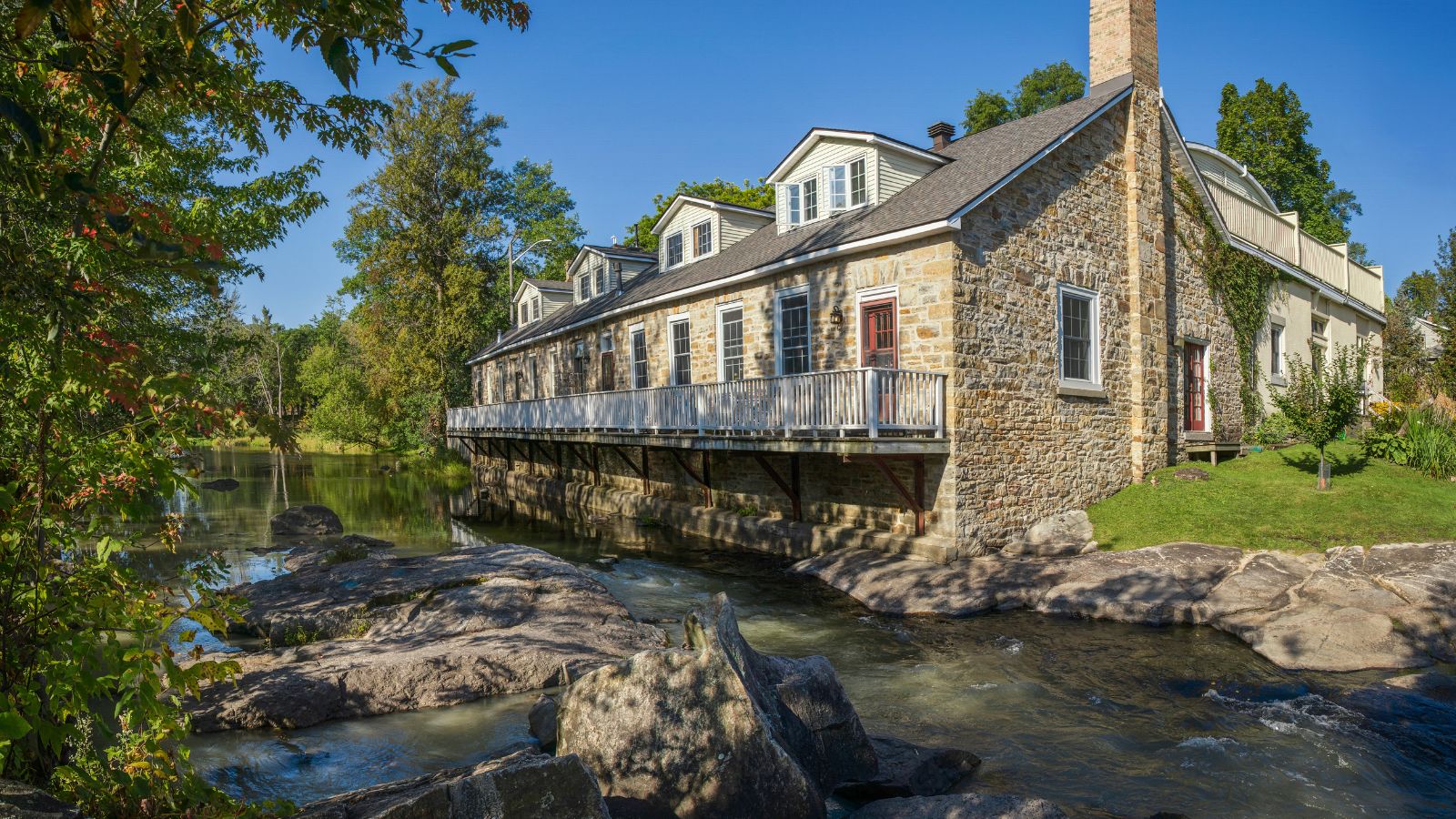
With its heritage stone buildings, riverside parks, and historic courthouses, Perth is one of Ontario’s best-preserved 19th-century towns. Founded in 1816 by military settlers, it still reflects the classic British colonial aesthetic. Antique shops, old inns, and a slow pace of life make it feel gently suspended in time, offering a perfect weekend retreat for history lovers.
Victoria’s Inner Harbour, British Columbia
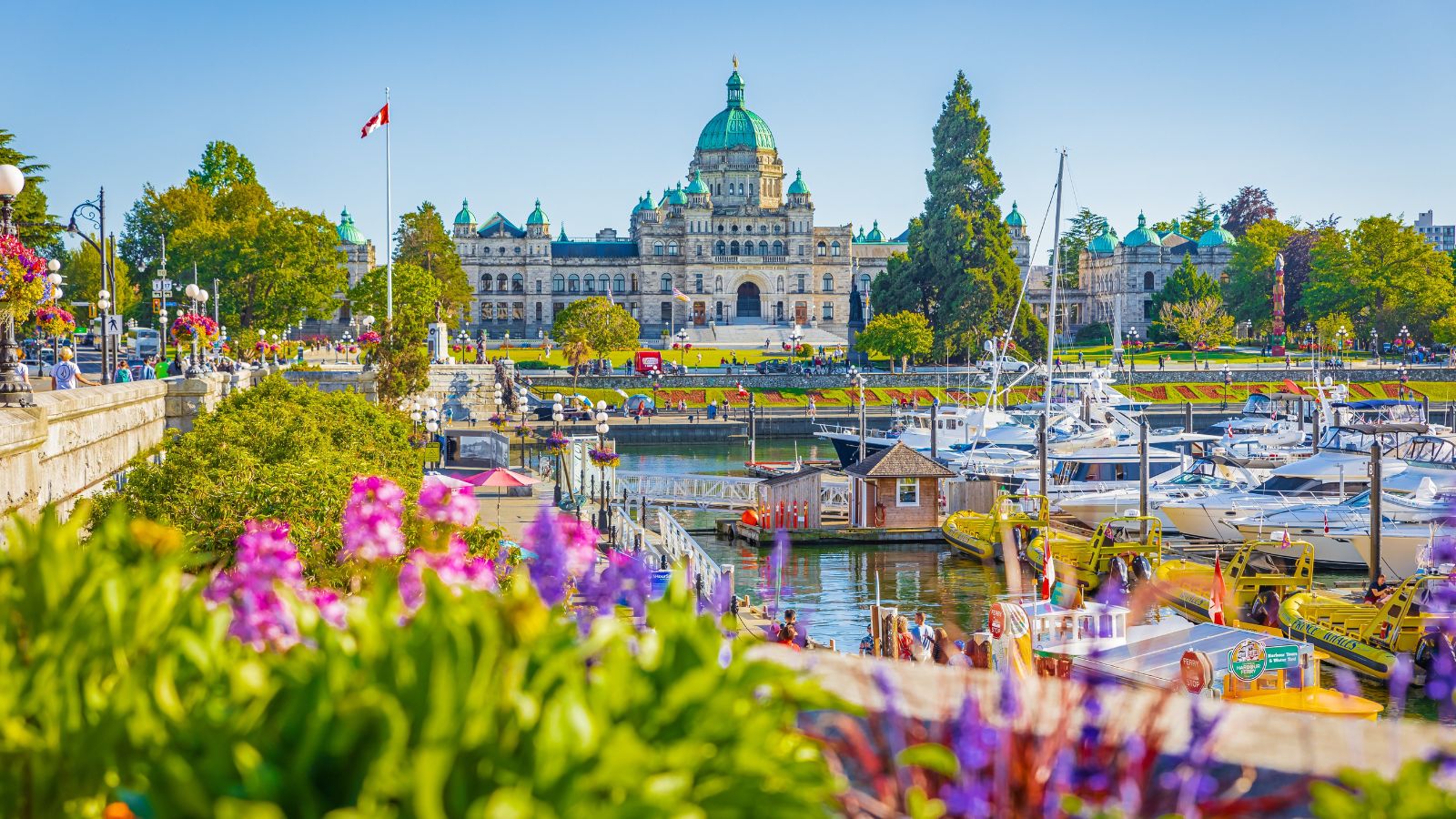
The view of Victoria’s Inner Harbour, framed by the stately Empress Hotel and British Columbia Parliament Buildings, evokes a sense of old-world grandeur. Horse-drawn carriages and elegant tea service at the Empress nod to the city’s Edwardian roots. Walking the harbor at sunset feels romantic and nostalgic and, despite its growth, Victoria clings proudly to its past.
Elora, Ontario
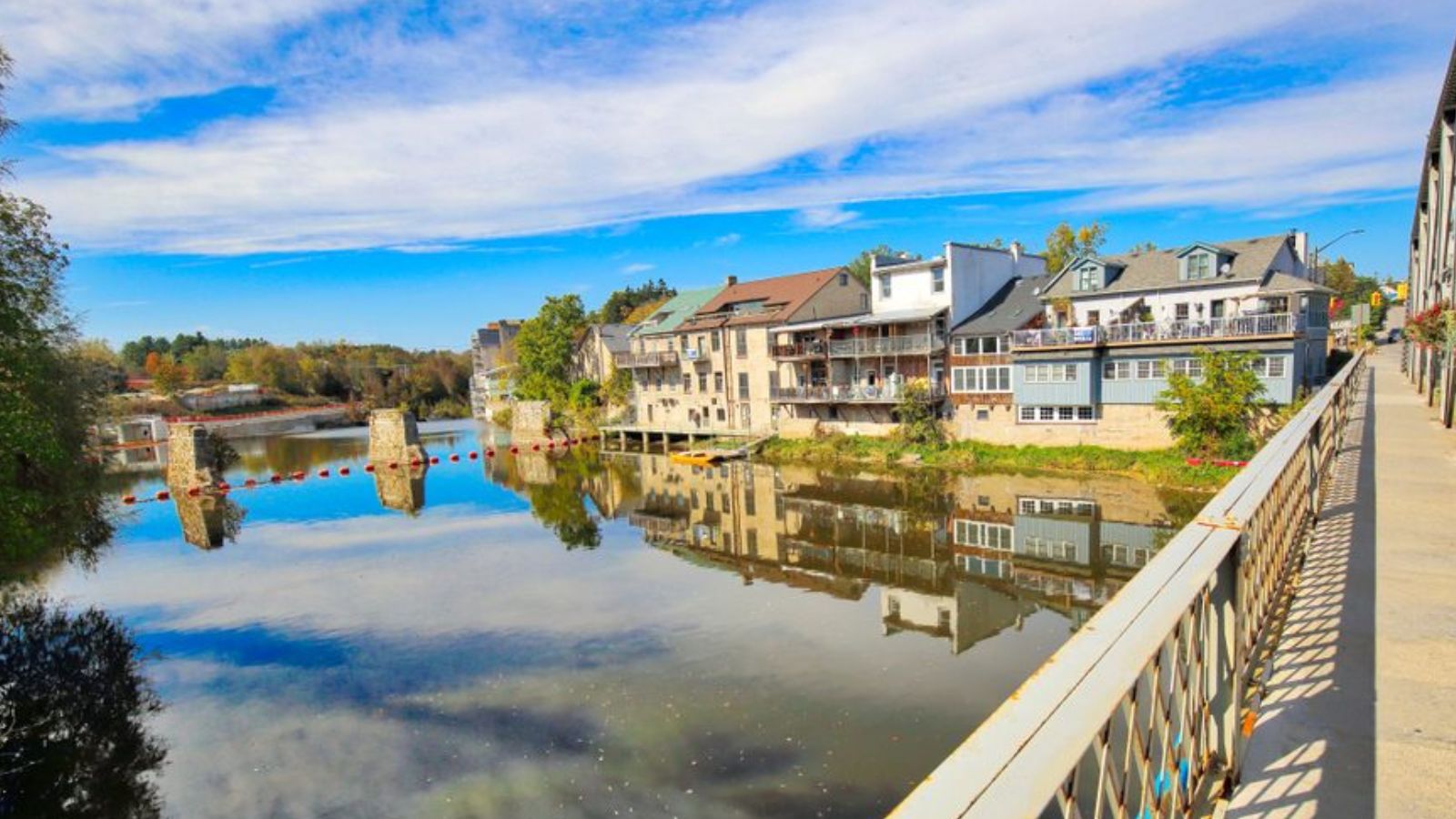
Elora is famous for its limestone architecture, historic mills, and scenic gorge. Originally founded by Scottish settlers, the village has retained its 19th-century roots while becoming a hub for artists and artisans. The Elora Mill, now a boutique hotel, looms as a reminder of its industrial beginnings with every corner offering a blend of history, nature, and culture.
Annapolis Royal, Nova Scotia
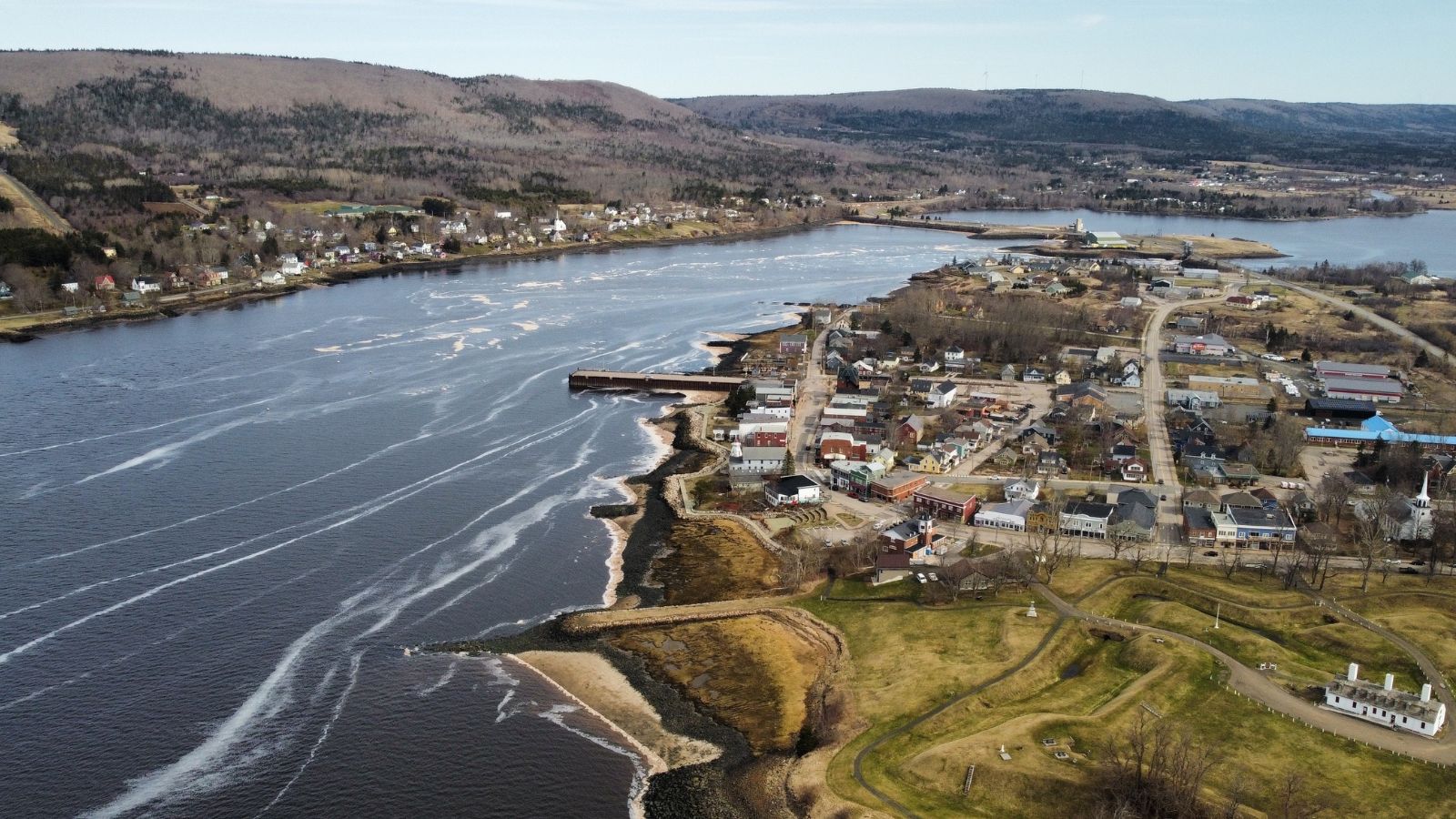
One of the oldest continuous European settlements in North America, Annapolis Royal has seen centuries of colonial conflict and cultural evolution. Fort Anne, a star-shaped fort with centuries of history, remains one of the town’s highlights. Historic gardens, museums, and candlelit graveyard tours deepen the experience, creating a small town with a massive story.
Bonavista, Newfoundland and Labrador
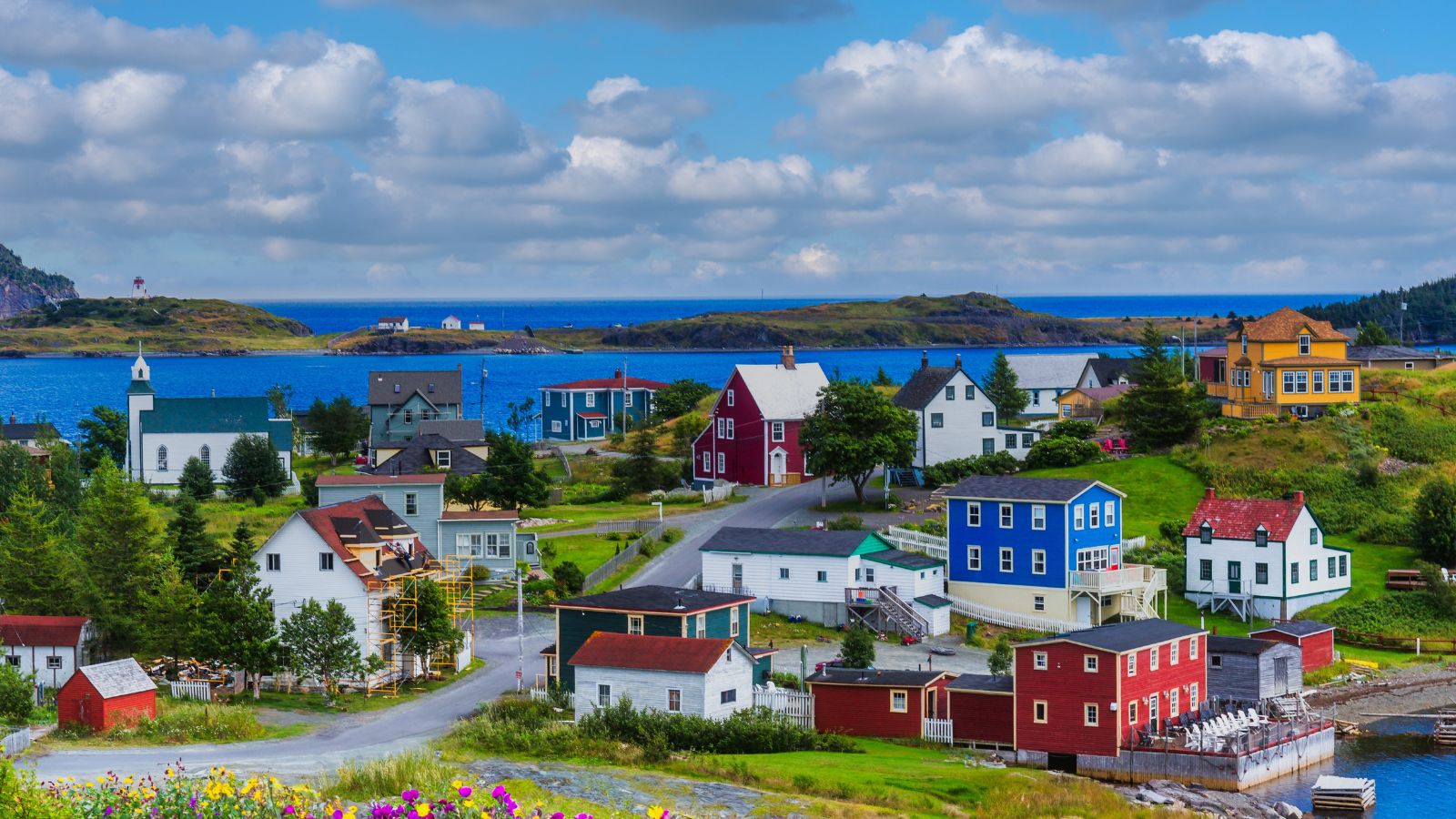
The spot where John Cabot first landed in 1497, Bonavista boasts centuries of maritime and fishing history. Wooden stages, merchant homes, and lighthouses line the rocky coast. There’s a wild beauty to its windswept cliffs, but also a deep-rooted connection to tradition and survival that feels like a living relic of early European exploration.
Yarmouth, Nova Scotia
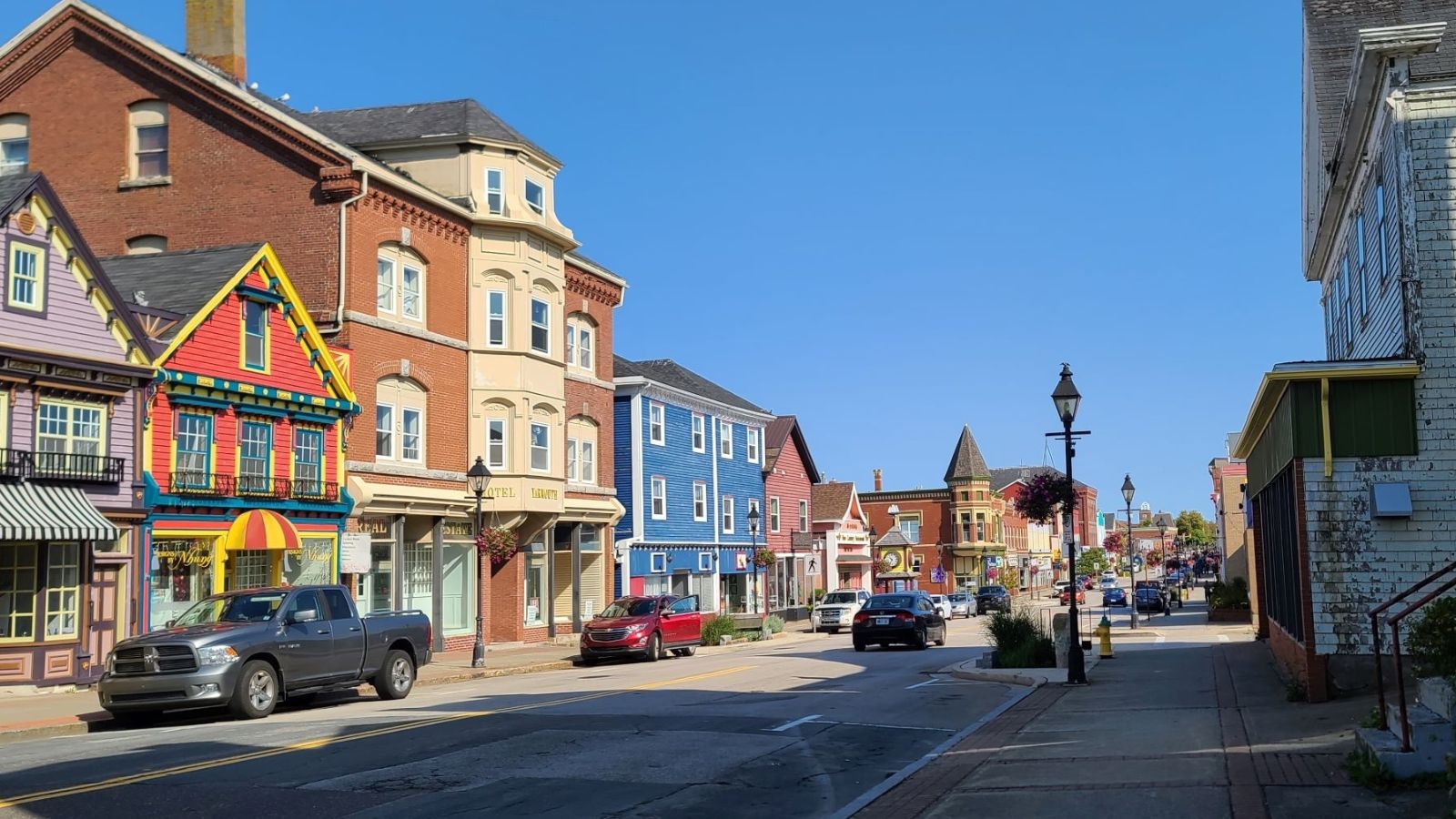
With its sea captain’s homes and heritage churches, Yarmouth stands as a monument to Nova Scotia’s golden age of sail. Walking through the town is like flipping through pages of a Victorian novel, with homes that tell stories of adventure and opulence. The town’s Maritime Museum further brings its nautical past to life and it’s a place where every building whispers history.
Goderich, Ontario
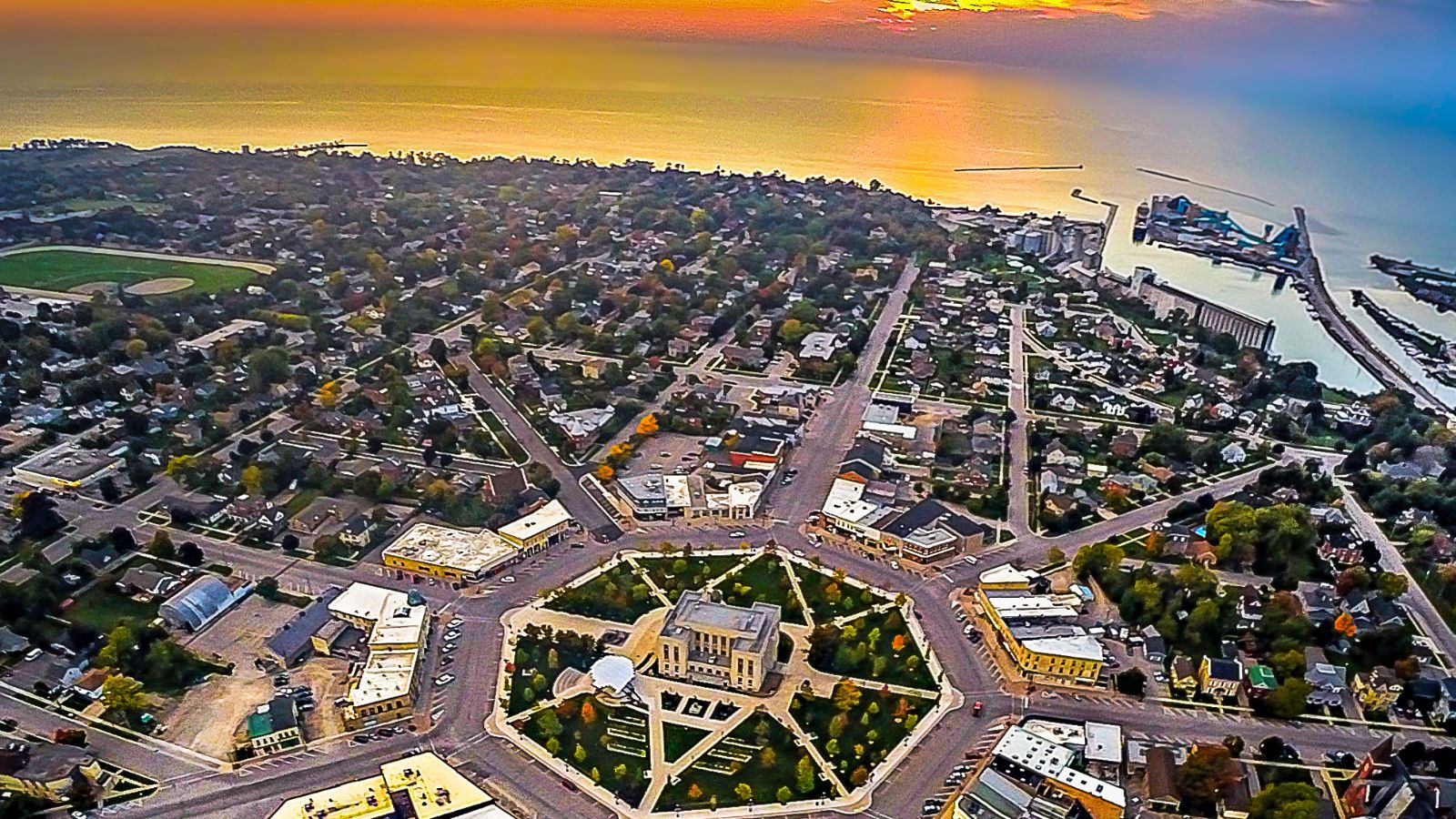
Nicknamed “Canada’s prettiest town,” Goderich overlooks Lake Huron with historic charm and symmetrical streets designed around a central square. The town’s courthouse, salt mines, and waterfront railway museum offer glimpses into its past. Beaches and trails complement the preserved downtown area, creating a coastal town where beauty and heritage meet seamlessly.
Inverness, Quebec
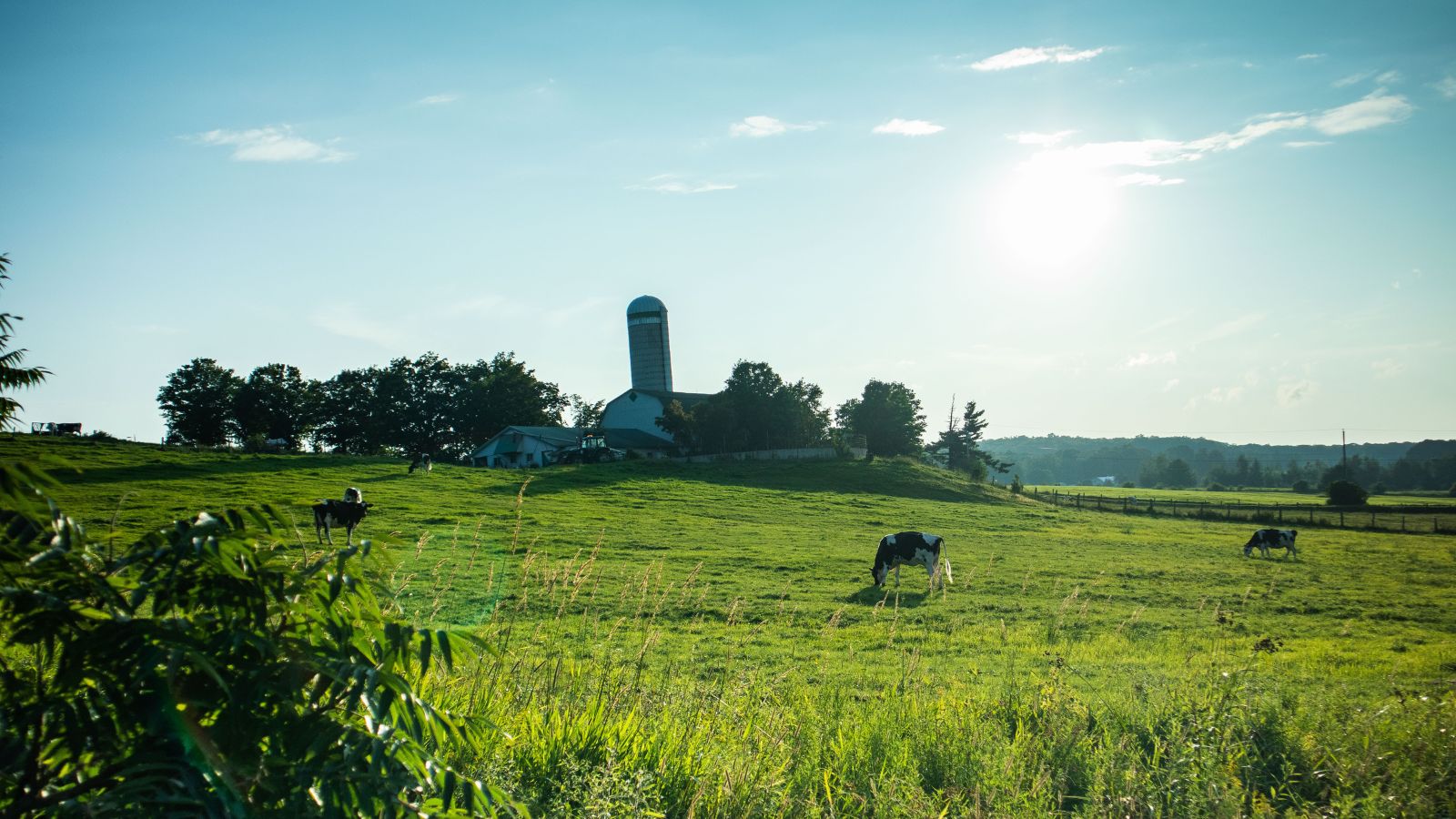
This hidden gem in the Appalachian foothills of Quebec is known for its bronze foundries and 19th-century Scottish heritage. Quiet roads wind past old stone homes and pastoral landscapes that haven’t changed much in generations. Local artisans keep traditional crafts alive, from bronze casting to woolwork and the whole vibe makes Inverness a peaceful retreat that honors its ancestry.
Metis-sur-Mer, Quebec
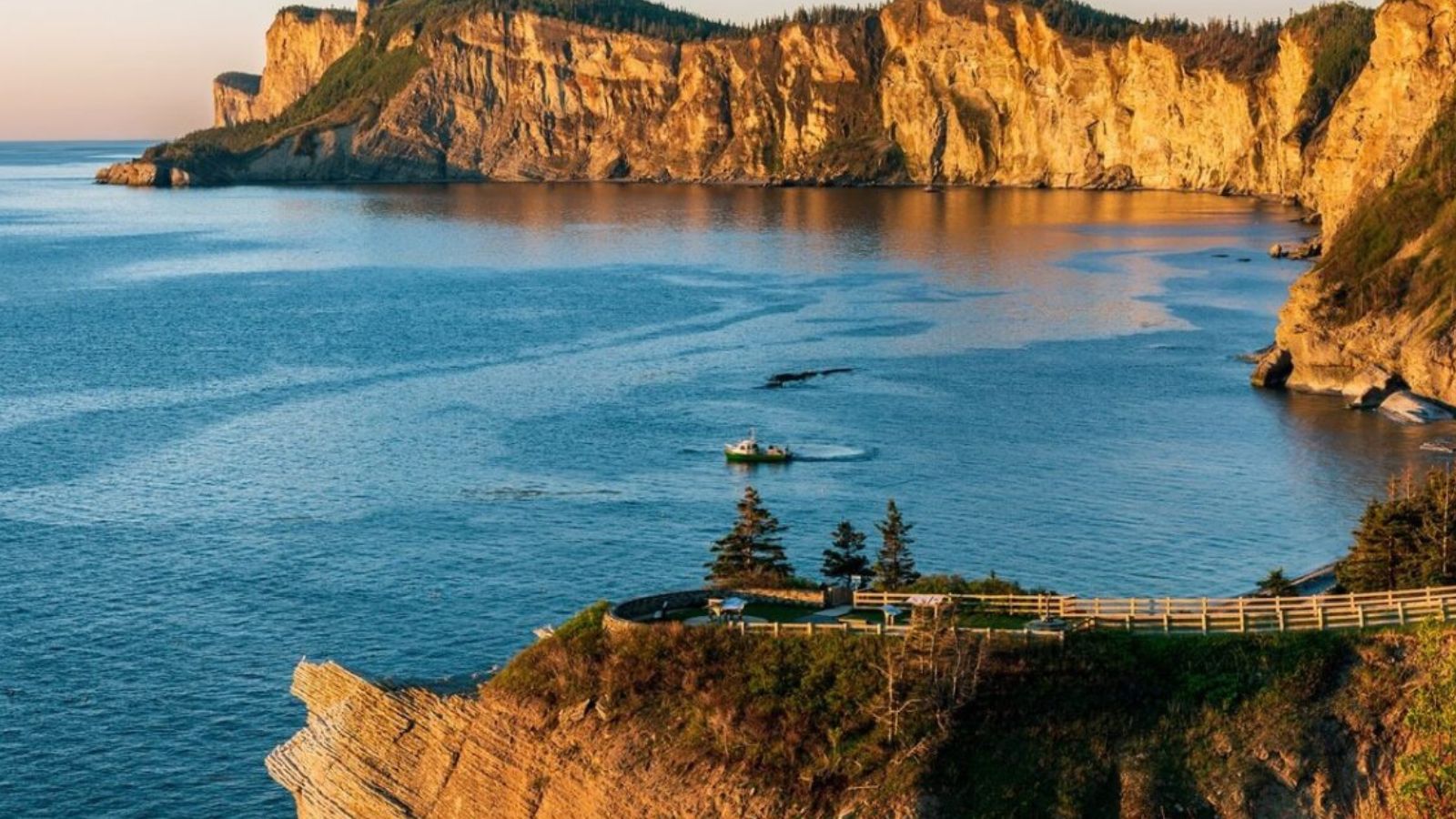
This tiny seaside village along the Gaspé Peninsula was once a summer haven for wealthy anglophone families. Its century-old vacation homes, manicured gardens, and beachside boardwalks feel frozen in time. Even the ocean seems to move more slowly here. Metis-sur-Mer offers an elegant echo of summers past.
Neepawa, Manitoba

Known as the “Lily Capital of the World,” Neepawa also boasts one of the province’s most beautiful historic cemeteries, home to author Margaret Laurence. Its brick buildings, heritage homes, and charming downtown bring the 19th century to life. Festivals, museums, and natural beauty make it a rewarding stop for heritage travelers, steeped in both story and soil.
Almonte, Ontario

Situated along the Mississippi River (the Canadian one), Almonte retains its mill-town heritage with pride. Red-brick textile mills have been repurposed into galleries and cafés, but their character remains intact. The pace is slow, the people welcoming, and the architecture evocative and it’s the kind of place where past and present harmonize beautifully.
Shelburne, Nova Scotia
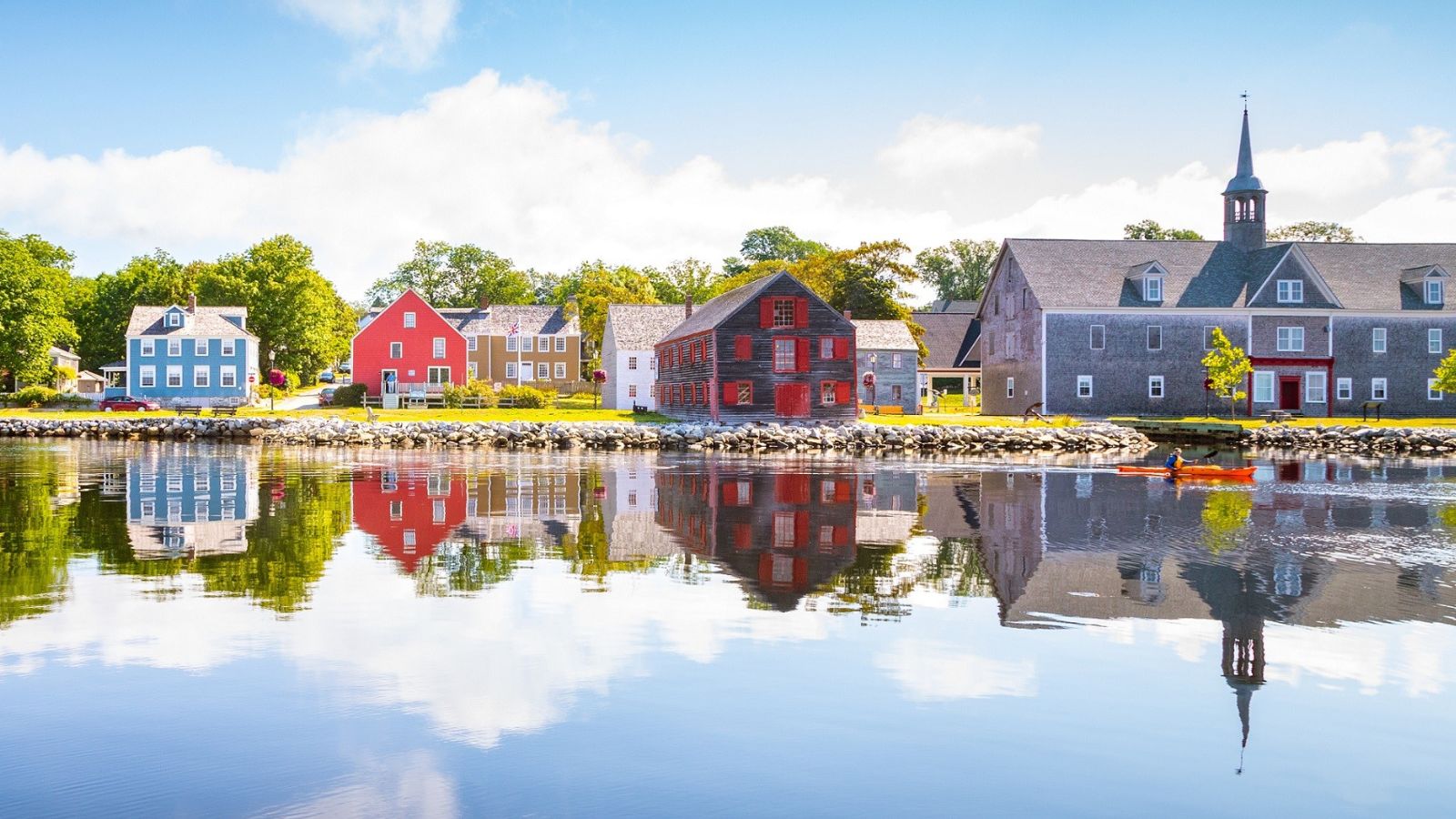
Founded by Loyalists in 1783, Shelburne was once one of the largest towns in North America. Today, it still features original wooden structures, a historic waterfront, and a black Loyalist heritage center. Tall ships often dock in the harbor, enhancing the town’s timeless maritime feel, making Shelburne is a compelling, under-the-radar treasure.
Carleton Place, Ontario
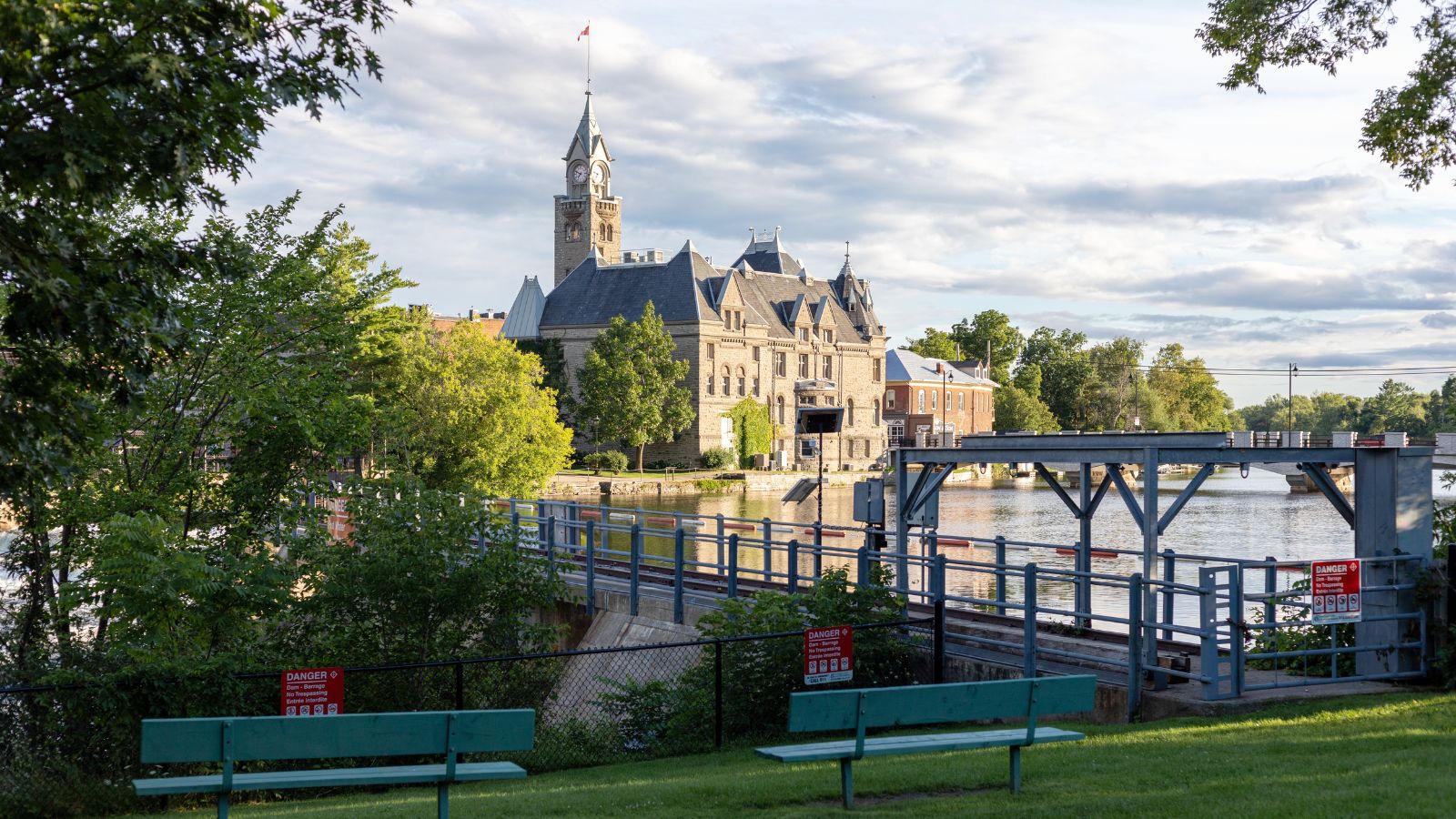
With its heritage downtown and riverside walkways, Carleton Place exudes 19th-century charm just a short drive from Ottawa. Former textile mills and heritage homes speak to its industrial past. Antique stores and cafés line the quiet streets, and the Mississippi River adds natural beauty, making it a lovely small-town escape into the past.
Vankleek Hill, Ontario
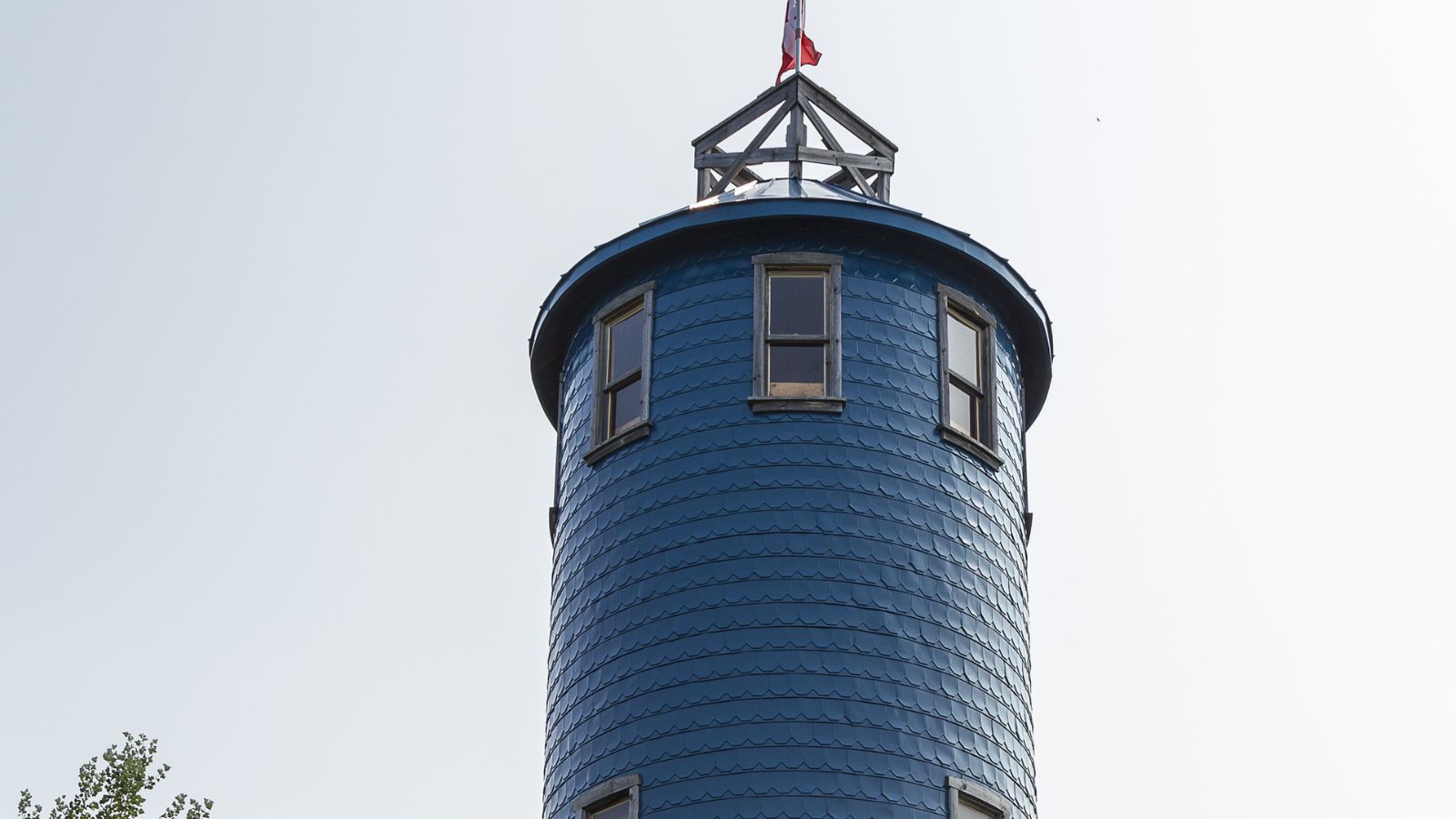
Known as the “Gingerbread Capital of Ontario,” this town is famous for its intricate Victorian architecture. Painted gables, ornamental woodwork, and quaint porches line its quiet streets. The town’s francophone and anglophone roots coexist peacefully, enriching its character. Vankleek Hill is a picture-perfect blend of cultural heritage and historic design.
21 Products Canadians Should Stockpile Before Tariffs Hit

If trade tensions escalate between Canada and the U.S., everyday essentials can suddenly disappear or skyrocket in price. Products like pantry basics and tech must-haves that depend on are deeply tied to cross-border supply chains and are likely to face various kinds of disruptions
21 Products Canadians Should Stockpile Before Tariffs Hit
